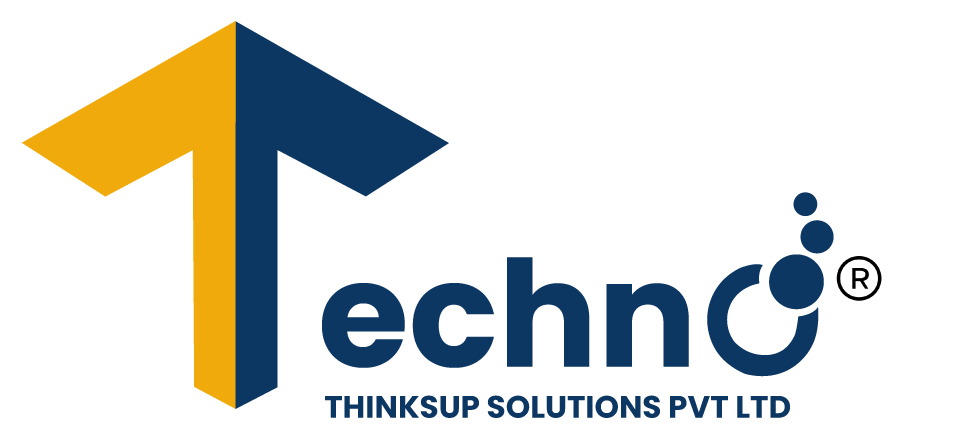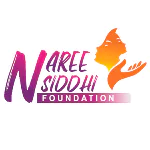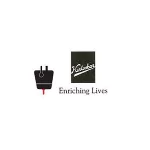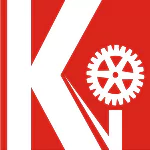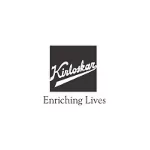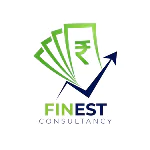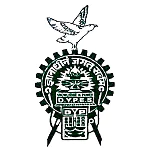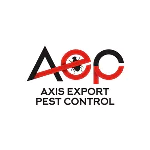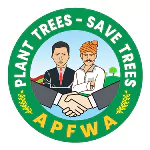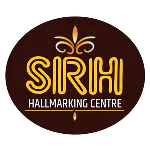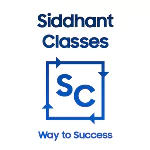Development (FDD)

Boost Your Projects with FDD
Feature-Driven Development (FDD) is an agile methodology focused on delivering tangible, working software features frequently and efficiently. Centered around the idea of building features in short, iterative cycles, FDD enhances team collaboration, ensures high-quality outcomes, and accelerates time-to-market. With a strong emphasis on modeling, planning, and tracking progress, FDD provides a structured yet flexible approach to software development, making it ideal for complex projects. This method keeps teams aligned with business goals while adapting to changing requirements, ensuring customer satisfaction and continuous improvement.
Moreover, FDD employs a feature-driven approach, where each feature is designed, developed, and tested individually, promoting clarity and accountability within the team. By breaking down the development process into manageable chunks, FDD enables teams to maintain focus, minimize risks, and deliver value incrementally. Additionally, FDD's emphasis on domain modeling helps teams better understand the business context and prioritize features based on their impact and value to the end-users, ensuring that the delivered software meets the needs of stakeholders effectively.
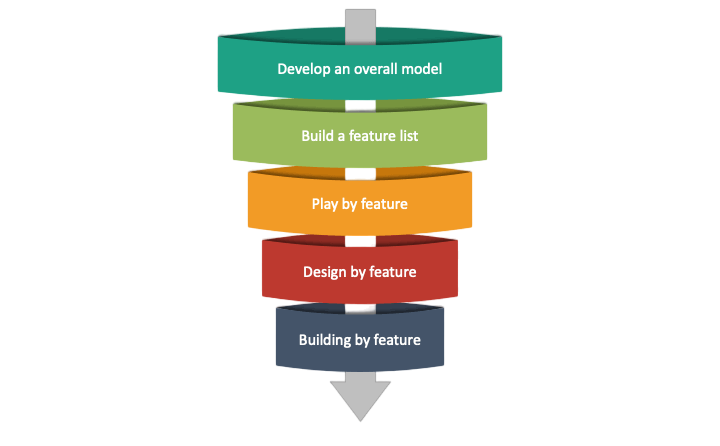
The Process
In Feature-Driven Development (FDD), the development process revolves around identifying, designing, implementing, and reviewing individual features in short iterations, ensuring rapid delivery of working software increments while maintaining focus on quality and alignment with business objectives.
In this stage, the team collaborates to understand the domain and create a high-level model, which serves as the project's blueprint. This helps in aligning the development process with business goals and user needs.
The team breaks down the overall model into a comprehensive list of features, each representing a small, client-valued function. This ensures a clear and manageable path for development, prioritizing customer-centric functionalities.
A detailed plan is created for each feature, including design, implementation, and testing steps. This stage involves setting priorities and scheduling, ensuring a well-organized and efficient workflow.
For each feature, the team conducts a detailed design session to finalize the technical approach. This collaborative effort results in a precise design ready for implementation, minimizing misunderstandings and errors.
The actual coding, testing, and integration of each feature occur in this stage. Small, frequent iterations allow for regular feedback, rapid identification, and resolution of issues, ensuring high-quality output.
Continuous review and feedback sessions are conducted to assess the progress and quality of the developed features. This iterative inspection helps in refining processes, addressing any issues, and fostering continuous improvement.
Best Practices We Implement

Collaborative Modeling Sessions
We engage all stakeholders in collaborative modeling sessions to ensure a comprehensive understanding of the domain. This collective approach helps align the development process with business goals and user needs.

Detailed Feature Breakdown
Our team meticulously breaks down the overall model into a detailed list of features. Each feature is a client-valued function, ensuring that development is focused on delivering real value to users.

Prioritized Planning
We prioritize features and create detailed plans for their implementation, design, and testing. This organized approach ensures that the most critical features are developed first, enhancing project efficiency and focus.

Collaborative Feature Design
In our feature design sessions, team members collaborate to finalize the technical details before implementation. This ensures a shared understanding and minimizes potential errors during development.

Iterative Development Cycles
We follow an iterative approach, coding, testing, and integrating each feature in small, manageable cycles. This practice allows for regular feedback, quick issue resolution, and consistent high-quality output.

Continuous Review and Improvement
Our team conducts regular review and feedback sessions to evaluate progress and quality. This ongoing inspection process helps us refine our methods, address issues promptly, and continuously improve our practices.
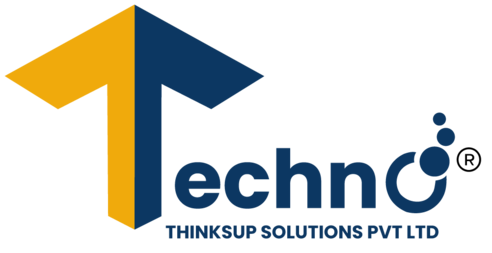


 DevOps Services
DevOps Services
 QA And Software Testing
QA And Software Testing
 Local Search Optimization
Local Search Optimization
 Technology Outsourcing
Technology Outsourcing
 Metaverse Development
Metaverse Development
 Web 3 Consulting
Web 3 Consulting
 IoT App Development
IoT App Development
 VR App Development
VR App Development
 IT Staff Augmentation
IT Staff Augmentation
 Startup App Development
Startup App Development
 Saas App Development
Saas App Development
 Low Code Development
Low Code Development
 Product Engineering
Services
Product Engineering
Services
 Custom CRM Development
Custom CRM Development
 Offshore Development
Center (ODC)
Offshore Development
Center (ODC)
 Machine Learning
Development
Machine Learning
Development
 Blockchain App Development
Blockchain App Development
 Blockchain In Identity Management
Blockchain In Identity Management
 Artificial Intelligence
Development
Artificial Intelligence
Development
 Dedicated Development Team
Dedicated Development Team
 Strategic Mobile
Consulting
Strategic Mobile
Consulting
 Tech Courier ERP
Tech Courier ERP
 Tech Lab ERP
Tech Lab ERP
 Tech Finance ERP
Tech Finance ERP
 Tech Library ERP
Tech Library ERP
 Tech Church ERP
Tech Church ERP
 Tech Dairy ERP
Tech Dairy ERP
 Tech POS ERP
Tech POS ERP
 Tech Restro ERP
Tech Restro ERP
 Tech School ERP
Tech School ERP
 Tech Drycleaner ERP
Tech Drycleaner ERP
 Tech Emerald ERP
Tech Emerald ERP
 Tech Weightman ERP
Tech Weightman ERP
 Tech Grocery ERP
Tech Grocery ERP
 Tech Institute ERP
Tech Institute ERP
 Tech Pharma ERP
Tech Pharma ERP
 Tech Milky Enterprise ERP
Tech Milky Enterprise ERP
 Tech Cold Storage ERP
Tech Cold Storage ERP
 Tech Accounting ERP
Tech Accounting ERP
